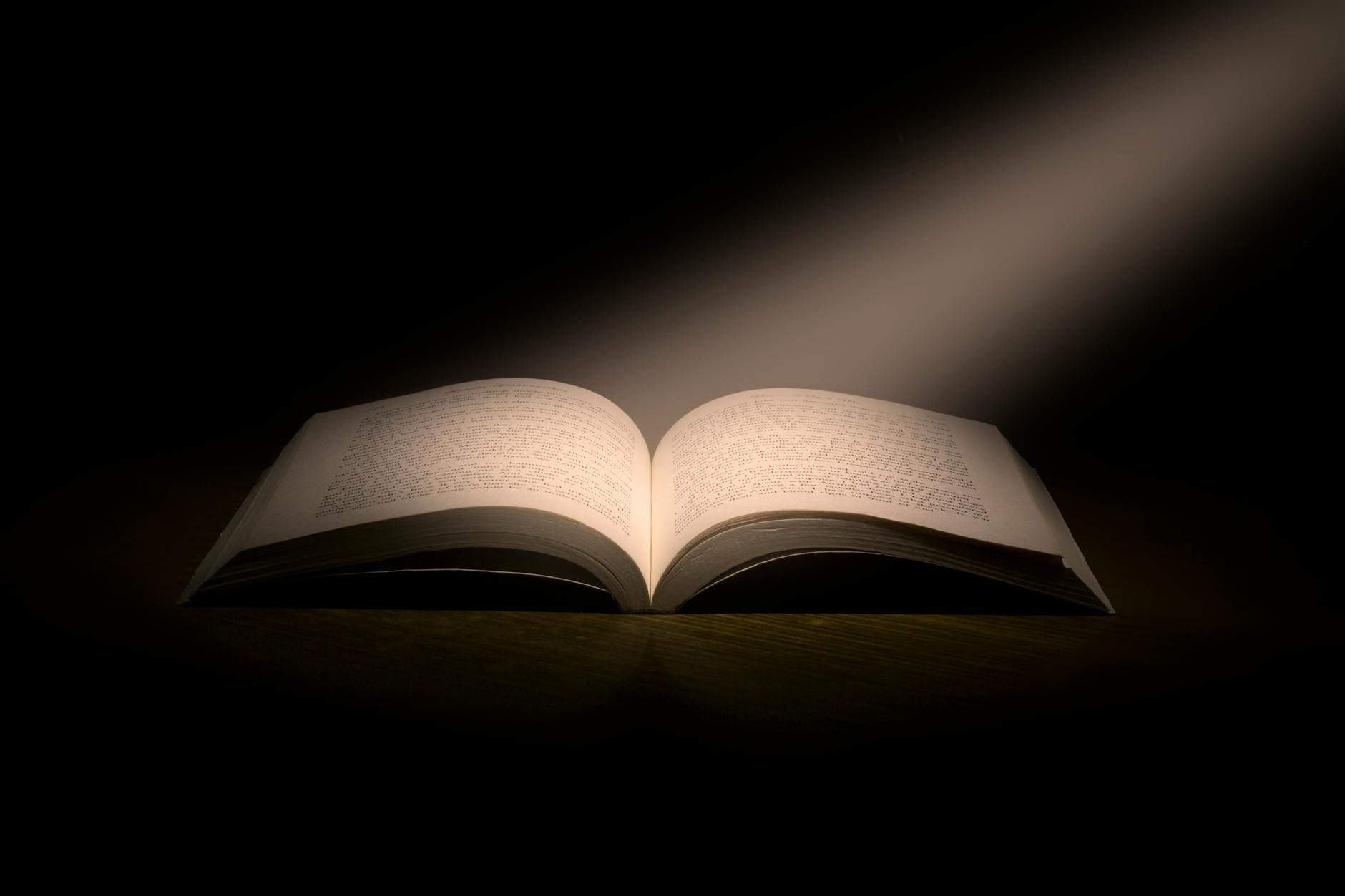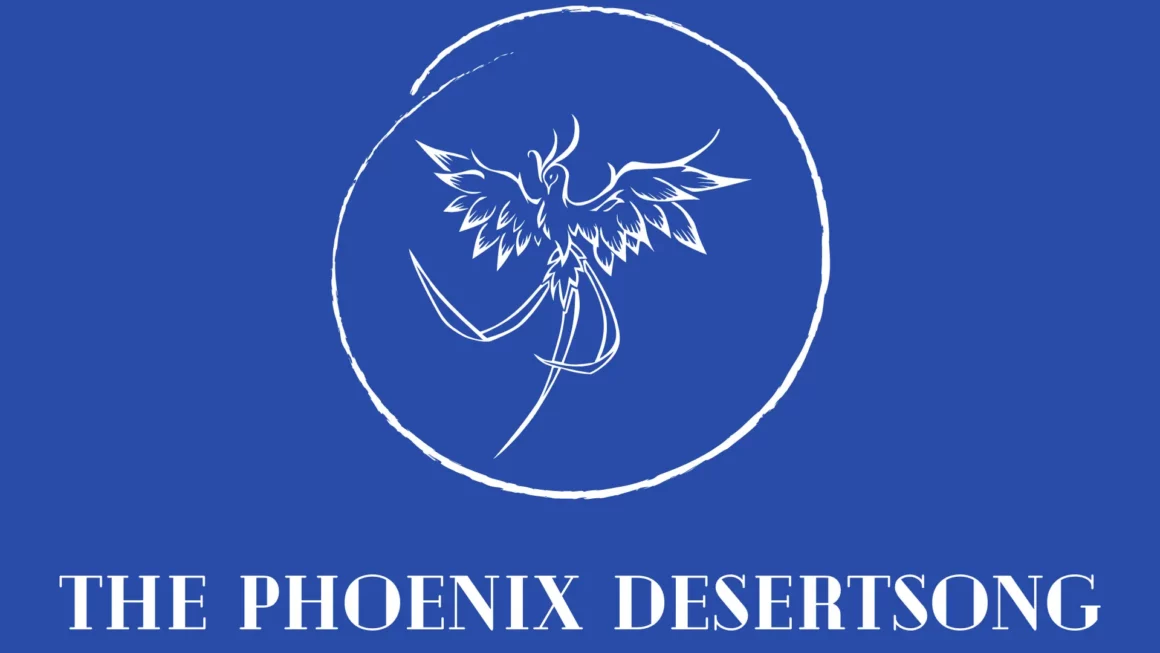Edward Said, author of “Orientalism,” shared in that work how learned and imaginative writings are never truly free. They’re tightly bound by distinct boundaries that dictate the imagery employed, the assumptions made, and the intentions behind the writings. Understanding these limitations offers a fresh lens through which to examine and interpret such pieces. Let’s uncover the power of cultural influences on language, imagery, and perspectives in writings. How do we learn to surpass these limitations?
The Dominant Role of the Cultural Milieu in Shaping Our Writings
In their insightful book “Deep Space and Sacred Time,” Jon G. Wagner and Jan Lundeen argue that the boundaries Said identified are largely rooted in the language available to us as writers. Our language is more than a neutral tool for expression. It’s shaped and influenced by the cultural context in which it evolves. How we express ourselves is molded by the prevailing ‘cultural milieu’ or environment in which we writers find ourselves.
The term ‘cultural milieu’ refers to the unique blend of societal, historical, and intellectual environment in which writers operate. A prevailing cultural milieu encompasses a wide range of factors, including societal norms, historical events, intellectual movements, and dominant ideologies. These elements collectively contribute to the formation of a particular linguistic landscape. Subsequently, this influences the thought processes, vocabulary, and syntax employed by writers.
After all, this milieu exerts a powerful influence over the dominant discourses, ideas, and perspectives that writers encounter. Thus, in a very real sense, our environment shapes the language we use and the concepts we employ in our writing. This influence, being rooted in the existing cultural norms and values, leaves an indelible imprint on authors’ works.
Our Language’s Imagery, Assumptions, and Intentions are Based in Cultural Influences
Our cultural milieu’s pervasive influence manifests itself in the imagery our contemporary authors use in their writings. Certain images may be favored or disfavored based on cultural biases and expectations, subtly influencing the mental pictures readers form. Assumptions made by writers are similarly affected, as we’re conditioned by the prevailing beliefs and ideologies of our time.
Even the intentions behind learned and imaginative writings can be guided by the cultural context. We writers may seek to either conform to or challenge the dominant narratives of our society. But no matter our intentions, we’re still vulnerable to the limitations placed on our language by our cultural environment.
While these cultural limitations can potentially stifle creativity and originality, they aren’t entirely negative. True, it’s challenging for writers to break free from established norms and conventions. But, paradoxically, these constraints can also serve as a source of inspiration and motivation. Writers can reshape and expand the language available to us by introducing new perspectives and ideas. This is how we can challenge and positively subvert prevailing discourses.
How Do We Transcend These Limitations in Our Writing?
The limitations imposed by the cultural milieu shouldn’t be seen as insurmountable barriers to our creative potential as writers. Rather, we should see them as challenges that we can navigate and transcend. By critically engaging with the existing cultural milieu, we can push the boundaries of language. We must aim to create works that challenge established norms and ideologies.
Being aware of these limitations can also lead to a more nuanced understanding and interpretation of learned and imaginative writings. As readers, we should approach these writings with a critical lens. We must acknowledge the influence of the cultural milieu on the language, imagery, assumptions, and intentions of the authors we read. Then, we must work to surpass these limitations by introducing our own unique perspective and fresh ideas in our own written work.
By recognizing the limitations inherent in learned and imaginative writings, we as readers can engage in a more informed and nuanced analysis of these works. Not only can we enrich our own reading experience, but our learnings can be become the basis of our own writing. That way, we can in turn help our own readers recognize, and hopefully transcend, the same limitations we must work to overcome.
…
This essay is based on my copious notes from reading “Deep Space and Sacred Time” Jon G. Wagner and Jan Lundeen.

